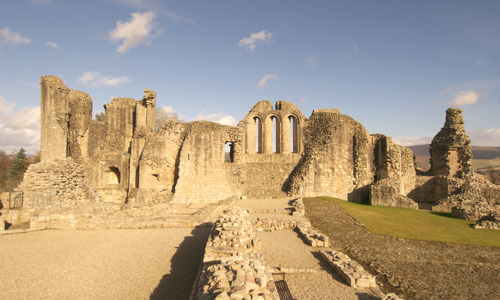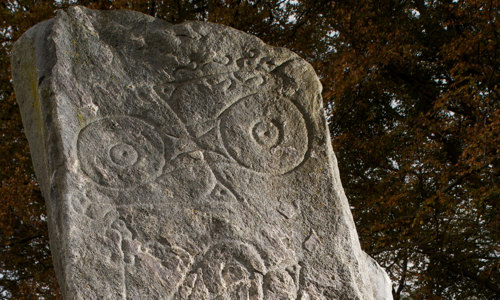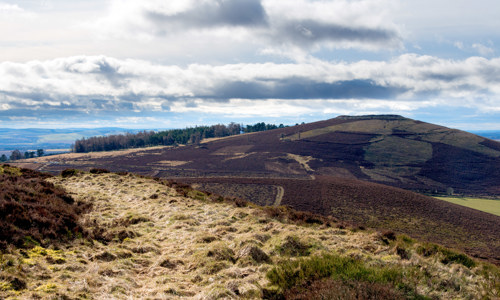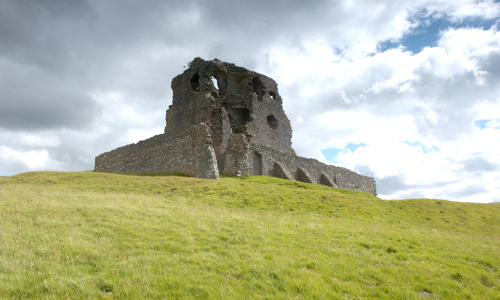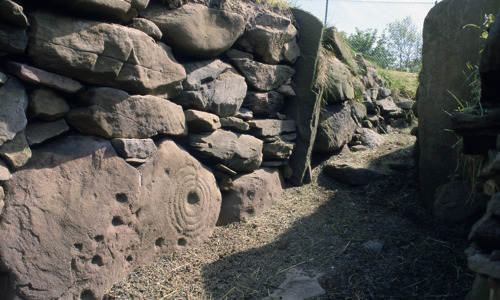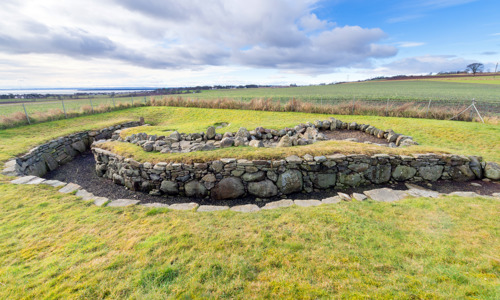History
Covered and uncovered
Culsh Earth House was discovered and cleared of earth in 1853. Early excavations there found:
- two cup-marked stones built into the walls
- a broken urn
- ox bones
- a quantity of smooth pebbles
- a large bead
Considerable skill and labour would have gone into the creation of Culsh. It’s essentially a long, curving trench cut into the side of a hill, lined with drystone walls. Originally small pinning stones were used to hold the walls in place, but these are now mortared.
Culsh Earth House probably held some ritual significance for the community who built it. We can see this in the two cup-marked stones in the walls, which have probably been re-used from an earlier sacred site. If the monument was a store for surplus produce, it may have played a role in ceremonies celebrating events such as planting crops or the harvest.
Iron Age mystery
Like other souterrains in Scotland, Culsh dates to the Iron Age, about 2,000 years ago. Plenty of people have speculated on the use of souterrains, but the variation in shape and size across Scotland suggest there was no single consistent use.
Culsh is a typical example of the Aberdeenshire group – it is crescent shaped, but smaller and less developed than the huge souterrains of Angus and Perthshire.
Evidence suggests that most souterrains were destroyed, or at least in-filled, in the late 100s AD – coinciding with the Roman withdrawal from Britain.




